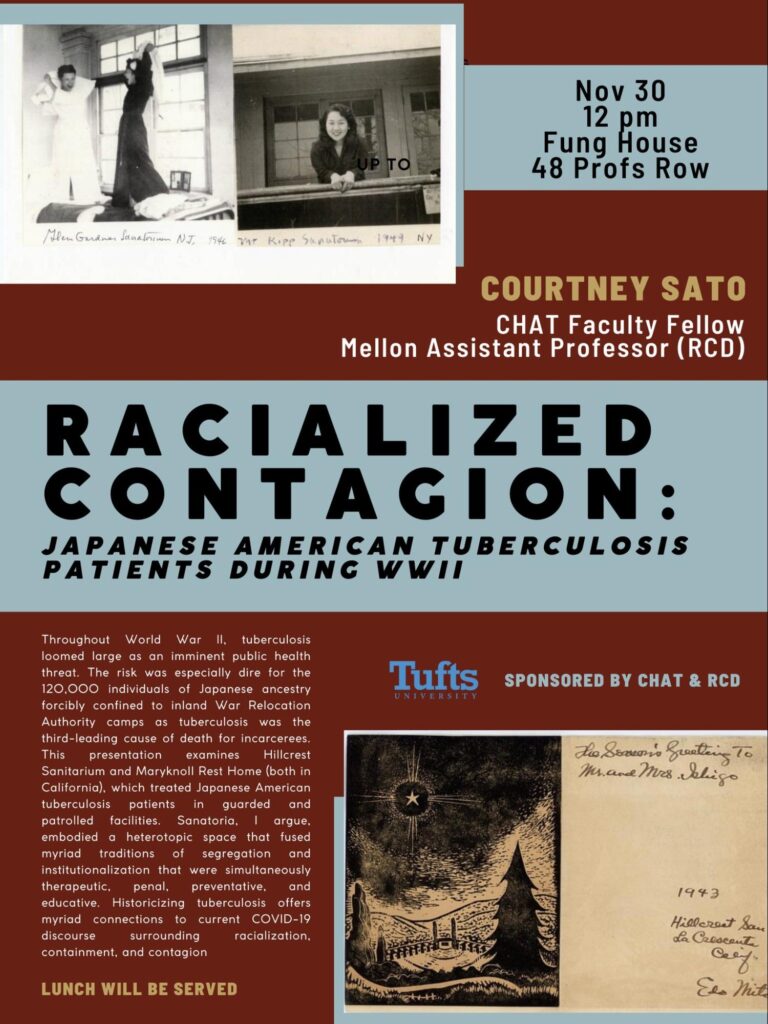“Transnational Asian/American Women’s Activism & Pan-Pacific Internationalism”

Talk Abstract:
During the interwar period, internationalists declared Hawai‘i the “new Geneva” of the Pacific: a locus for regional diplomacy, social reform, and cross-cultural exchange. This talk examines the Pan-Pacific Women’s Association (PPWA), part of the Honolulu-based Pan-Pacific internationalist movement. The Pan-Pacific Women’s Association enacted social reform grounded in ideals of anti-racism, affective connection, and cross-cultural exchange. Endorsed by prominent U.S. social reformists like Jane Addams, the association promoted the praxis of “open-minded cosmopolitanism,” organized local chapters, and convened annual conferences related to education, healthcare, and gender. Although largely unexamined in scholarship on internationalism, this presentation recuperates “friendship” in two ways: first, as a fundamental tenet of Pacific interwar internationalist praxis; and second, as an analytic attuned to internationalism’s entanglements with empire, race, gender, and sexuality. Pan-Pacific “international friendship” was characterized by a social, intellectual, and cultural solidarity largely forged through the interpersonal and affective. This presentation argues that in spite of the PPWA’s progressive antiracist liberal cosmopolitanism, the ideology and practice of international and interracial friendship often consolidated, rather than dismantled, hierarchies of race, nationality, class, gender, and sexuality.

Center for the Humanities at Tufts Racialized Contagion: Japanese American Tuberculosis During WWII
Throughout World War II, tuberculosis loomed large as an imminent public health threat. The risk was especially dire for the 120,000 individuals of Japanese ancestry forcibly confined to inland War Relocation Authority camps as tuberculosis was the third-leading cause of death for incarcerees. Overcrowded living quarters, menial and nutritionally deficient diets, and the arid desert climate fostered the conditions for respiratory diseases. Of these respiratory illnesses, tuberculosis was the most pervasive and most feared by public health officials and Japanese incarcerees alike.
This presentation examines Hillcrest Sanitarium and Maryknoll Rest Home (both in California), which treated Japanese American tuberculosis patients in guarded and patrolled facilities. With the tuberculosis sanatorium as a framework, I examine the ways in which biomedical management and penal systems overlapped. Sanatoria, I argue, embodied a heterotopic space that fused myriad traditions and meanings of segregation and institutionalization that were simultaneously therapeutic, penal, preventative, and educative. The presentation also examines TB patients like the artist Edo Mita, who straddled a fine line between patient and prisoner, and those who cared for the patients. Historicizing tuberculosis offers myriad connections to current COVID-19 discourse surrounding racialization, containment, and contagion.